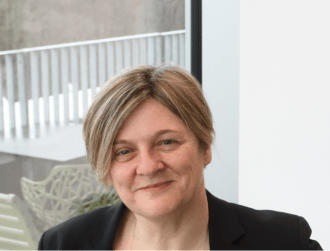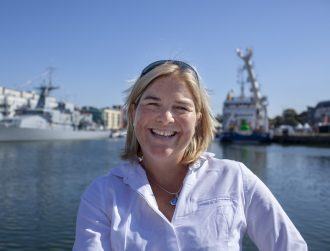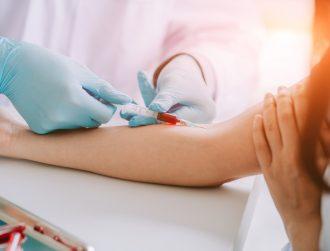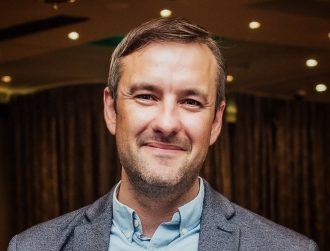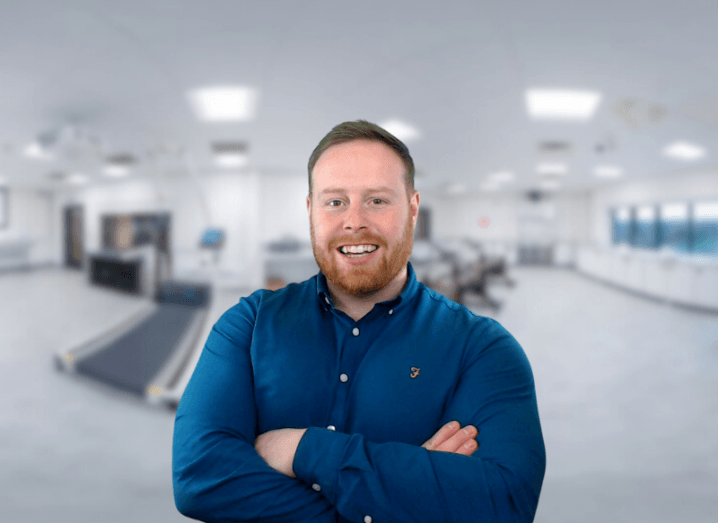
Image: David Nolan
Dr David Nolan talks about his research into differences between male and female responses to exercise and the value of strength training for our health, no matter our age.
Recently, Dr David Nolan successfully defended his PhD research, which he carried out under the supervision of Dr Brendan Egan in Dublin City University (DCU). And he now lectures in the School of Health and Human Performance there.
He has a BSc in sport and exercise sciences from the University of Limerick. After which, he worked as a research assistant conducting clinical trials in University College Dublin and later in DCU.
Nolan has always been interested in exercise, endurance and the effects of stress on the body. Here, he tells us more about his work.
Tell us about your current research.
I investigate sex differences in adaptations in response to exercise training, specifically resistance exercise training.
More specifically, I aim to quantify physiological differences between male and female participants and determine what influence, if any, these may have on exercise performance from both a sports and health perspective.
Our projects relating to females specifically investigate the potential influence of the menstrual cycle and hormonal contraceptives on performance and adaptive response to exercise.
In your opinion, why is your research important?
Between-sex differences (otherwise described as sexual dimorphism), referring to the mean systematic differences in function and structure between biological males and females, is observed across numerous systems within the human body.
These differences become apparent during prenatal development, persist during childhood and further diverge throughout puberty.
This divergence leads to substantial differences between males and females in aspects that can influence exercise performance and adaptation.
These well-documented sex differences in anatomical, physiological and performance factors may have significant implications for physical preparation in sports.
Despite these differences, females remain understudied in the context of sports science. Whether these sex differences warrant a different approach to physical preparation for female athletes has not been thoroughly explored in the literature to date.
By better understanding these differences and specific considerations relating to females, we may be able to better support female athletes and women who partake in physical activity in general.
This may lead to reduced dropout in women’s sport, improved performance and improvements in women’s health.
What inspired you to become a researcher?
I have always been inquisitive and fascinated by the adaptive capacity of the human body in response to stressors.
The versatility and resilience of the human body to respond and adapt in specific ways in order to survive and thrive is complex, and I enjoy the process of trying to better understand these complexities.
While no one specific memory sticks out that inspired me to become a researcher, I have always loved the process of research, and there is great satisfaction derived from generating new knowledge.
What are some of the biggest challenges or misconceptions you face as a researcher in your field?
As a researcher in sport and exercise sciences, the biggest misconception is that we are only concerned with elite athletes. This could not be further from the truth.
While high performance is certainly a priority research area for many sports science researchers, we are also very interested in how physical activity and exercise can be used to enhance public health.
Personally, I advocate strongly for the benefits of strength and resistance training for health, particularly in older adults. I often joke that ‘we should all feel guilty if our grannies aren’t jacked’.
Lifting weights and strength training in general is one of the best things we can do for our health, and that is whether we are nine years old or 90 years old!
Do you think public engagement with science has changed in recent years?
I’m an advocate of science communication. Much of our work is publicly funded and therefore there is an onus on us to effectively communicate the importance and significance of our research to the public.
We are at a critical point in our society where mis- and disinformation is a significant problem. As scientists, we must learn to be better communicators and connect effectively with the public.
We must also be open to adopting new technologies and mediums for communication such as short form content platforms. We must continue to foster public trust and engagement with the scientific community.
10 things you need to know direct to your inbox every weekday. Sign up for the Daily Brief, Silicon Republic’s digest of essential sci-tech news.

